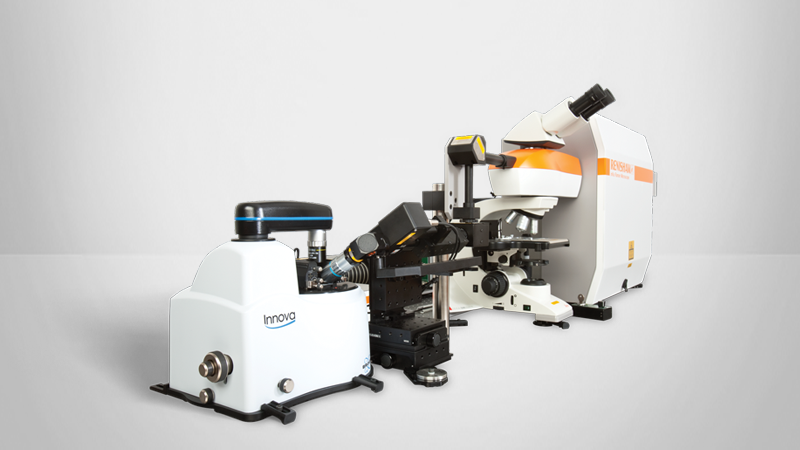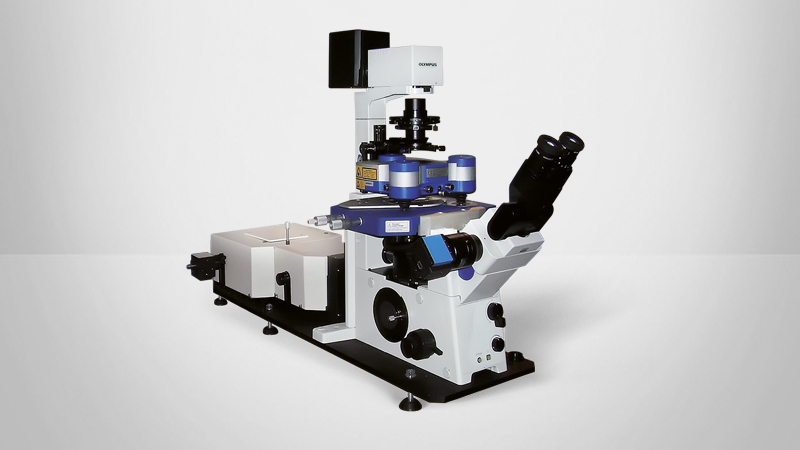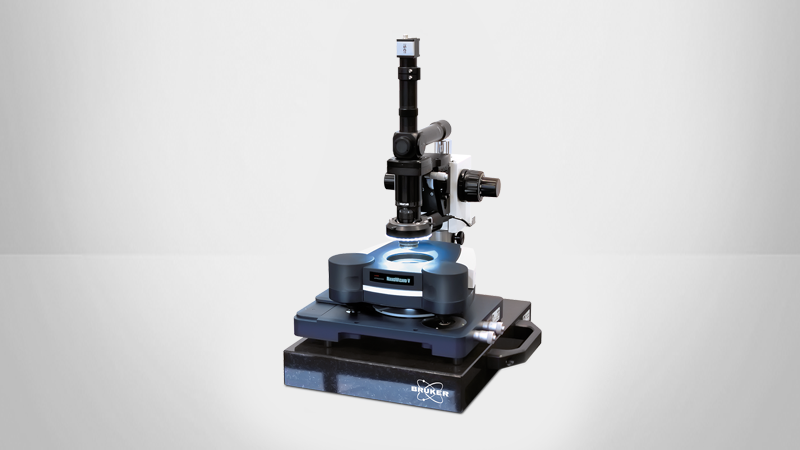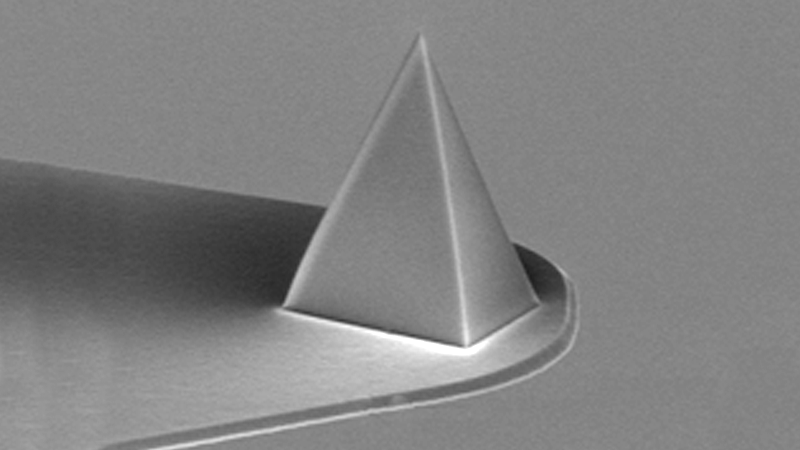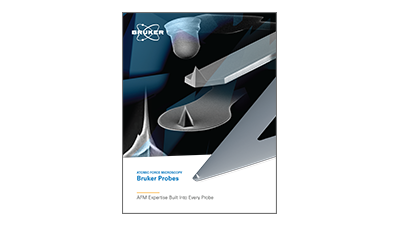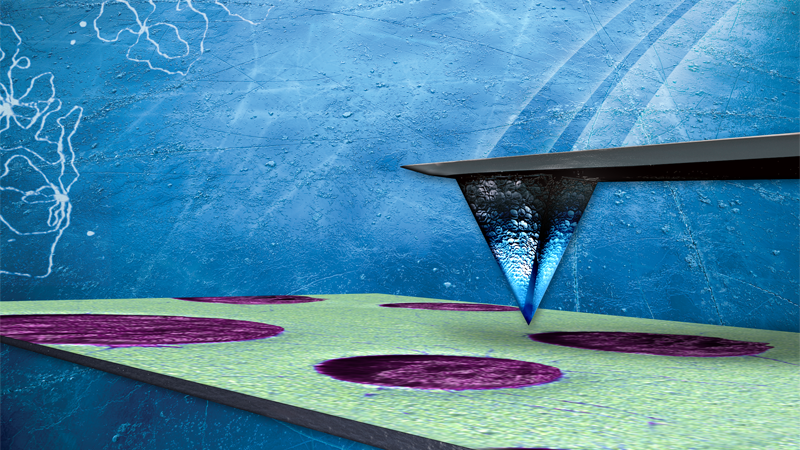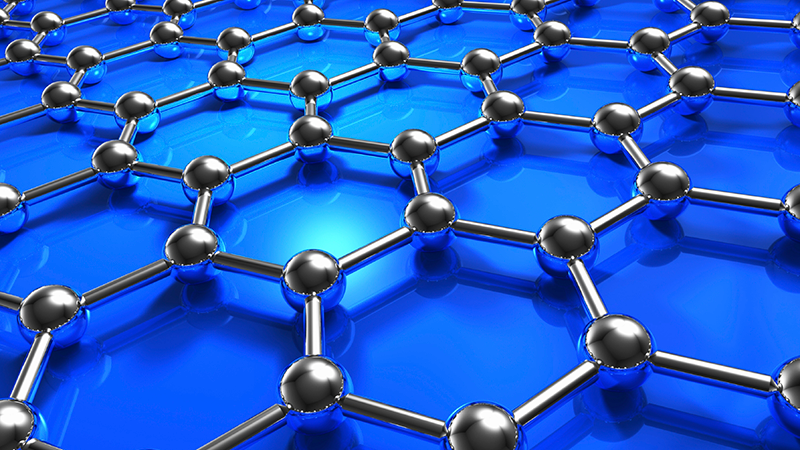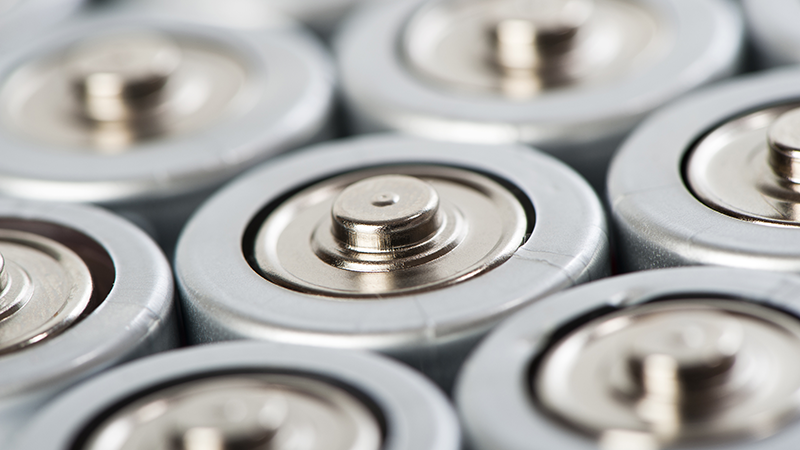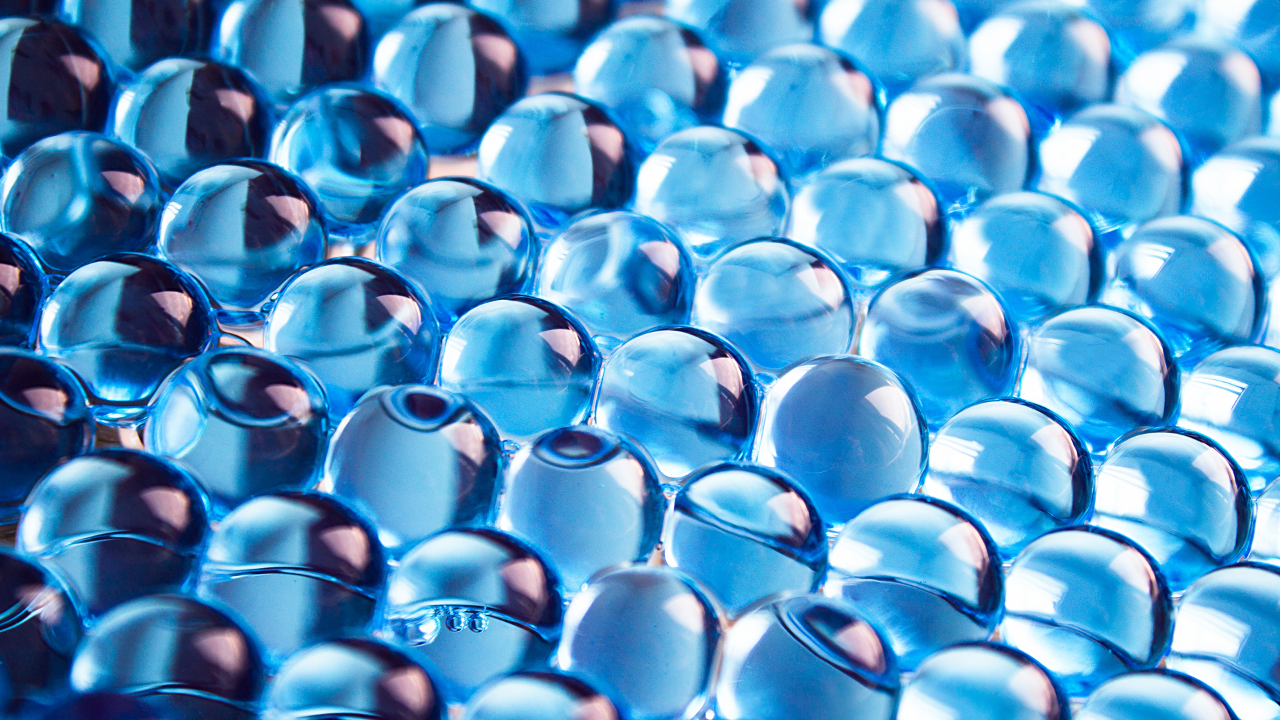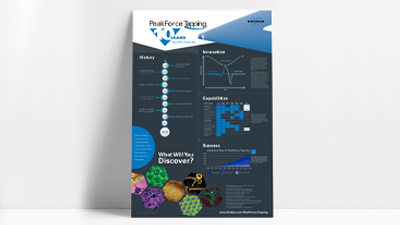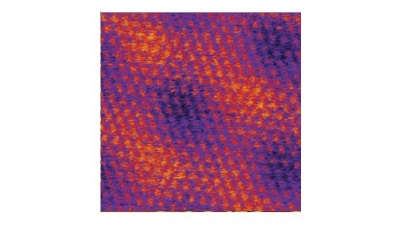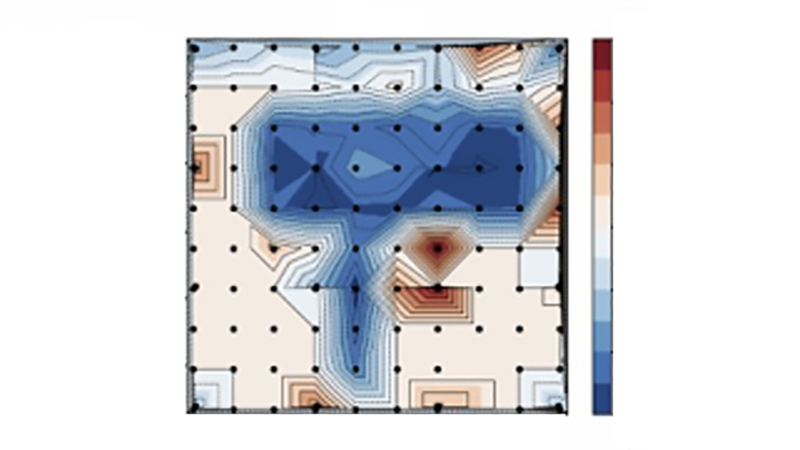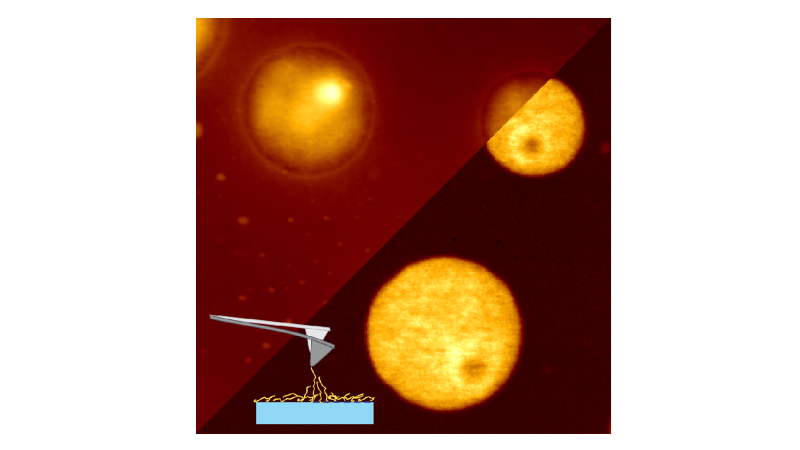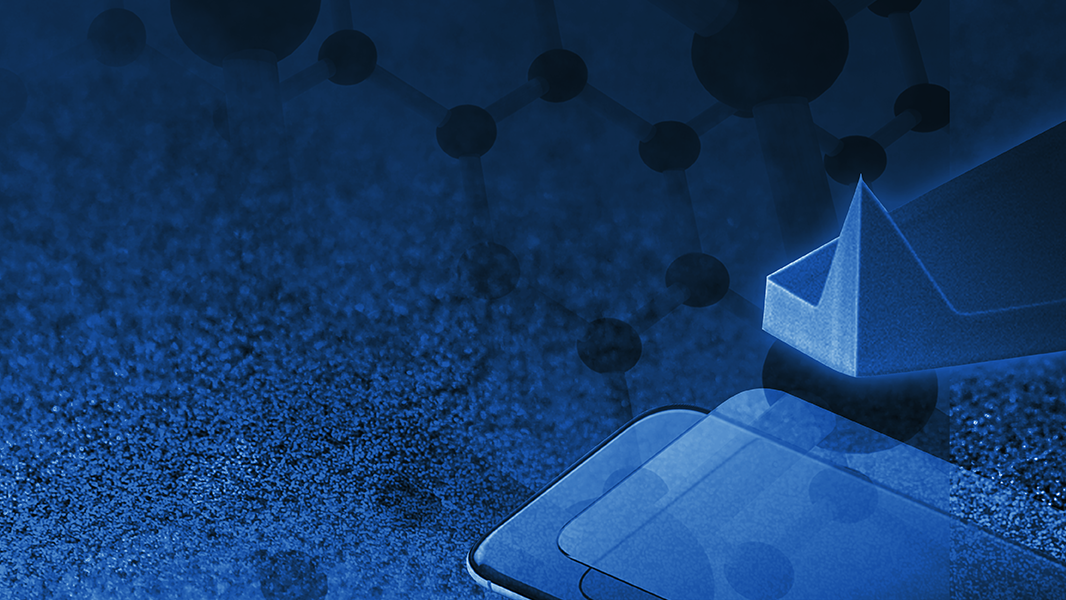

Materials Research AFMs
High-Resolution Atomic Force Microscopes for Challenging Research
The atomic force microscope (AFM), now entering its fourth decade as a primary technology for advanced materials research, has been used to drive discovery across a nearly countless array of disciplines and applications. Bruker has led the expansion of atomic force microscope capabilities, starting with the introduction of the first commercial system in the 1980s. As the technology has matured, our AFMs — powered by exclusive PeakForce Tapping® technology — have consistently delivered highly reliable high-resolution data and empowered scientists to characterize features on ever more complex samples.
Our continued commitment to making atomic force microscopy more accessible and easier to use for all levels of researchers can be seen through such advances as ScanAsyst Plus, AutoMET, and DataCube. This data quality, reliability, and ease of use extends to more than just topography; scientists in leading labs around the world are using Bruker AFMs to advance new nanomechanical, nanoelectrical, and nanoelectrochemical research, on the order of three peer-reviewed published articles per day.
Find the Best Atomic Force Microscope for Your Application
Need help? Contact us to discuss your requirements or see our recommendations for instrument selection.
See how to use upgrades and add-ons to customize a Dimension Icon AFM with extended capabilities.
An atomic force microscope uses a probe to measure tip-sample forces as the tip presses against the sample. The AFM probe is a consumable that consists of a sharp tip on a free-moving cantilever mounted on a chip. One or several cantilevers can be mounted on a comparatively large silicon chip (Figure 1).
The geometry and material of both cantilever and tip can be optimized for a given application, resulting in a large library of probe options.
Most AFM probes are made from silicon or silicon nitride. Silicon probes enable stiffer cantilevers and sharper tips, while silicon nitride probes are more durable and flexible. Bruker’s TappingMode probes are generally made from silicon, and contact mode and ScanAsyst probes are generally made from silicon nitride. There is a considerable amount of functionality and flexibility when modifying these common AFM probe materials with coatings or replacing them with individual molecules of interest. The geometry and material of both cantilever and tip can be optimized for a given application, resulting in a large library of probe options on www.BrukerAFMprobes.com.
The elements of a “good” AFM probe are application-dependent. As such, choosing the right AFM probe relies on balancing parameters of interest including stiffness, spring constant, resonant frequency, and quality factor while considering the needs of your application and the AFM mode used.
Watch our 2023 webinar "The Fundamentals of AFM Probe Selection" to learn about the functional and experimental considerations for selecting a probe, or our 2024 AFM Probes Webinar to hear our AFM experts' recommendations for probe selection.
Bruker is the only major AFM equipment manufacturer that also owns and operates a probes nanofabrication facility, and our broad experience enables us to design and fabricate a wide range of probe types to directly address the evolving needs of AFM users. For more information and to place an order, visit www.BrukerAFMprobes.com.
LEARN MORE:
Expand Your Research with World's Best Selection of AFM Modes
With an unrivalled — and still growing — suite of available imaging modes, Bruker has an AFM technique for every investigation.
Bruker AFM modes allow researchers to probe their samples’ electrical, magnetic, or materials properties at the nanoscale with unmatched confidence. Bruker’s proprietary PeakForce Tapping technology represents a new core imaging paradigm that provides unprescedented high-resolution imaging, extends AFM measurements into a range of samples not previously accessed, and uniquely enables simultaneous nanoscale property mapping.
This and our other AFM mode advances — including new and exclusive modes such as DataCube, Ringing, ss-PFM, Torsional Resonance Dynamic Friction Microscopy (TR-DFM), and PeakForce Magnetic Force Microscopy, as well as ScanAsyst Plus intelligent self-optimizing software — further enhance other correlative and quantitative mapping techniques to enable the development of new modes and deliver new possibilities in an ever-expanding set of applications, for researchers with an even wider range of AFM experience and measurement needs.
Frequently Asked Questions
An atomic force microscopy (AFM) is a type of scanning probe microscope (SPM). It uses a very sharp probe that is raster-scanned to produce a true 3D topographical map of the surface of a sample with nanoscale resolution.
LEARN MORE:
All types of scanning probe microscopes use a physical probe touching the surface of a sample to scan the surface and collect data. However, their measurement mechanisms are very different — an atomic force microscope uniquely measures the cantilever deflection (bending) caused by forces between the tip and the sample surface. As a result, atomic force microscopes can be used to measure a much wider range of materials than STM.
The basic working principle of an atomic force microscope is:
- A sharp tip at the free end of a cantilever is raster-scanned over a small area of sample.
- As the tip passes over the surface, variations in height cause the cantilever to bend.
- This bending, or change in deflection, is detected through movement of a laser or super luminescent diode (SLD) that is reflected off the cantilever into a position-sensitive photodetector (PSPD).
Throughout this process, piezo actuators operate within an electronic feedback loop to move the tip or sample closer or further away from each other to maintain the relative tip-sample distance and a constant setpoint.
The following table compares methods commonly used to characterize materials at the nanoscale and can be used to understand:
- What is the difference between AFM and SEM?
- What is the difference between AFM and STM?
- What is the difference between AFM and TEM? and
- What is the difference between AFM and confocal microscopy?
Each technique has a great deal of nuance, and values given are approximations. The green marker indicates “definitely yes," the yellow marker indicates “sometimes yes, with additional considerations," and the red marker indicates “definitely no."
| AFM | STM | SEM | TEM | Confocal | |
|---|---|---|---|---|---|
| 3D Imaging | 🟩 | 🟩 | 🟨 | 🟨 | 🟩 |
| Measurements in Vacuum | 🟩 | 🟩 | 🟩 | 🟩 | 🟥 |
| Measurements in Air | 🟩 | 🟥 | 🟥 | 🟥 | 🟩 |
| Measurements in Liquid | 🟩 | 🟥 | 🟥 | 🟥 | 🟩 |
| Label-Free Experiments | 🟩 | 🟩 | 🟩 | 🟩 | 🟥 |
| Appx. Lateral Resolution (nm) | 1 | 0.1 | 1-10 | 0.05-05 | 200 |
| Appx. Vertical Resolution (nm) | 0.1 | 0.1 | N/A | N/A | 500 |
| Sample Requirements/Limitations | Very few limitations |
Limited to conductive samples | Limited to conductive or coated samples | Limited to sample thickness <100 nm | Samples must be tagged |
Investigate Properties in Nanoscale Structures
Atomic force microscopes are used in a wide variety of research and industry applications to collect information about the nanoscale structure and properties of almost any type of sample.
While atomic force microscopy is best known for its ability to resolve surface structure, it provides valuable information about other material properties at the nanoscale. These include mechanical, electrical, electrochemical, piezoelectric, magnetic, thermal, and optical properties. AFM can also be used to manipulate a sample (push, pull, or write) in nanolithography and intra-/inter-molecular (un)binding studies.
With a large variety of measurement types and high degree of sample flexibility, AFM has become a fundamental nano-characterization technique in both academic research and industry for a range of applications, including:
There are very few limitations on what kinds of samples can be analyzed using AFM. AFM has been used to probe the surfaces of crystalline and non-crystalline materials, microelectronic devices, live cells, dental materials, and so much more. For each sample type, sample preparation, experimental design, and probe choice should be considered carefully.
See the documents below for select examples of AFM used for a variety of materials:
- POLYMERS - Measuring Nanoscale Viscoelastic Properties with AFM-Based Nanoscale DMA
- 2D MATERIALS - An Introduction to AFM-Based Scanning Electrochemical Microscopy: PeakForce SECM
- PHOTOVOLTAICS - Simultaneous Electrical and Mechanical Property Mapping at the Nanoscale with PeakForce TUNA
- BATTERY MATERIALS - Performing Hyperspectral Mapping with AFM DataCube Nanoelectrical Modes
- SEMICONDUCTORS - Nanoscale Mapping of Permittivity and Conductivity with Scanning Microwave Impedance Microscopy
- BIOLOGICAL SAMPLES - Imaging of the DNA Double Helix with PeakForce Tapping Mode Atomic Force Microscopy
- THIN FILMS & COATINGS - Surface Characterization of Thin Films & Coatings Symposium [On-Demand Webinar]
Gallery of Applications
Learn More About Atomic Force Microscopy
Bruker has deep experience and expertise in all things related to atomic force microscopy.
We are eager to share this knowledge with the larger research community. Be sure to explore our extensive offering of resources, below.
If you would like to speak with a Bruker atomic force microscopy expert in person, contact us to discuss your specific application requirements and measurement needs.
Watch Our AFM Webinars
Our webinars cover best practices, introduce new products, provide quick solutions to tricky questions, and offer ideas for new applications, modes, or techniques.
Browse Atomic Force Microscopy Articles
How Can We Help?
Bruker partners with our customers to solve real-world application issues. We develop next-generation technologies and help customers select the right system and accessories. This partnership continues through training and extended service, long after the tools are sold.
Our highly trained team of support engineers, application scientists and subject-matter experts are wholly dedicated to maximizing your productivity with system service and upgrades, as well as application support and training.
